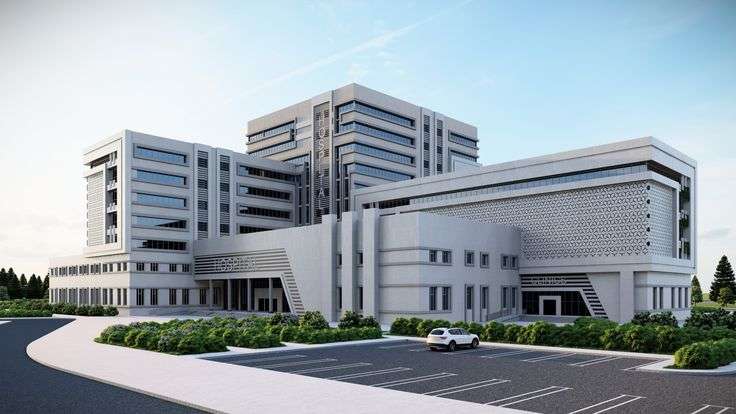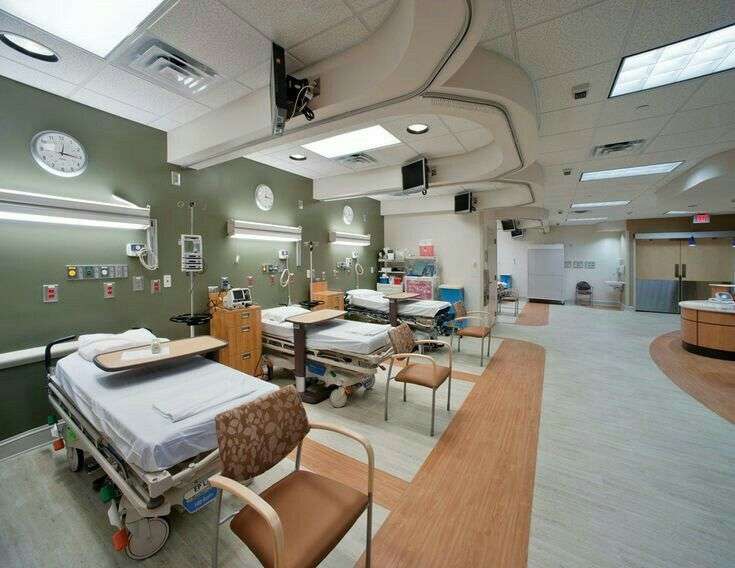
“Telemedicine: Breaking Barriers for Better Healthcare”
April 17, 2024
Why is DPR (Detailed project report) Crucial for Hospital ?
April 25, 2024HOSPITAL ARCHITECTURE DESIGN: Do’s and Dont’s Contact– +91-9967512705 For Hospital Building and Healthcare Designing Services in PAN India.
This blog post explores the crucial role of hospital architecture in fostering a healing environment for patients and staff. By focusing on patient experience, well-being, and recovery, we’ll outline key do’s and don’ts to consider during hospital design.

Do:
- Prioritize the Patient Journey: Designing a clear and accessible layout with easy-to-find departments, intuitive signage, and comfortable waiting areas, streamlining the entire experience from arrival to discharge.
- Embrace Natural Light and Ventilation: Natural light has proven benefits for mood, sleep, and overall well-being. Incorporate ample windows and skylights throughout the designs to create a brighter, healthier atmosphere.
- Minimize Noise: Hospitals can be noisy environments. Utilize sound-absorbing materials on walls and ceilings, strategically place equipment, and create designated quiet zones for both patients and staff.
- Promote Privacy and Dignity: Provide single-patient rooms whenever possible, and design patient rooms with features that allow privacy during examinations and consultations.
- Incorporate Nature: Studies show that exposure to nature reduces stress and promotes healing. Consider integrating gardens, water features, or even views of natural landscapes into the design.
Don’t:
- Forget the Staff: Firstly, Staff well-being is crucial for optimal patient care. Include designated break rooms, rest areas, and comfortable workspaces to combat burnout and promote a positive work environment.
- Create Confusing Layouts: Secondly, A maze-like layout can cause stress and frustration for patients and visitors. Design a clear and intuitive layout with easy-to-follow signage for a smooth and efficient experience.
- Skimp on Safety: Thirdly, Hospitals require a high level of safety considerations. Use slip-resistant flooring, and proper lighting, and ensure all equipment meets the highest safety standards.
- Neglect Aesthetics: While functionality is key, creating a visually appealing space can improve mood and reduce stress. Use calming colors, and natural materials, and incorporate art or other design elements to create a welcoming and positive atmosphere.
By following these dos and don’ts of hospital architecture, healthcare facilities can create a truly healing environment that benefits patients, staff, and the entire community. Remember, good design goes beyond aesthetics; it’s about intentionally crafting a space that supports the healing process for everyone involved.




